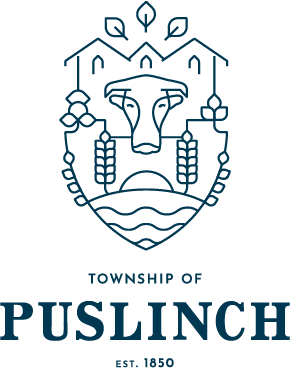Contact(s)
Agricultural Properties and Source Water Protection
Ontario Farmers have already demonstrated a long-lasting commitment to farming practices that help maintain, protect or improve water quality. Through best management practices such as livestock fencing and nutrient management, farmers continue to help protect water quality.
The Clean Water Act, 2006 is a major part of the Ontario government's commitment to ensuring that every Ontarian has access to safe drinking water. By stopping contaminants from getting into sources of drinking water - lakes, rivers and aquifers - we can provide the first line of defense in the protection of our environment and the health of Ontarians.
As a requirement of the Clean Water Act (2006), Source Protection Plans will be implemented across Ontario. These plans direct local efforts to protect and keep municipal drinking water sources clean and plentiful by addressing and mitigating threats to drinking water. Wellington County is subject to five Source Protection Plans which prescribe actions that need to be undertaken for certain activities.
How can agricultural properties cause contamination of drinking water sources?
Certain agricultural practices can impact both surface water and ground water sources. These potential practices could be
- Manure application and storage
- Fertilizer application runoff
- Lack of buffer zones (vegetation, trees) that separate working fields from water courses
- Improper pesticide storage, application or handling
- Poorly maintained septic systems
- Abandoned wells provide gateways for contaminants to enter surface or groundwater
- Fuel tank leaks or spills
Managing Risk on Your Property
There are two types of areas where land use activities classified as significant threats to drinking water are directly impacted by SPP policy requirements: Wellhead protection areas (WHPAs) and Intake Protection Zones (IPZs). These areas have been established by local and provincial experts using the best available science. The results are published in watershed based Assessment Reports and Source Protection Plans which can be accessed on each Source Protection Plan page.
Properties located within these areas that are identified to have significant drinking water threats, may be required to create risk management plans or have prohibitions placed on certain activities.
Agricultural Site Visits
Properties located within vulnerable areas, will be subject to agricultural site visits by the Risk Management Official. Only those properties within vulnerable areas will be visited since they are closest to municipal wells and have the greatest chance of impacting a municipal well through activities on their properties.
The site visit program is an assessment of activities occurring on agricultural properties to determine the potential for those activities to impact municipal wells. The visit is primarily an educational visit to inform owners /tenants about the Clean Water Act and any potential obligations that may be required.
ICI & Agricultural Threats Verification Survey
Risk Management Plans
Risk management plans are a tool created through the Clean Water Act, which requires an agreement to be reaches between a Risk management Official and the person engaged in the threat activity. Once agreed upon, these plans become legally binding.
Prohibitions
Prohibition is a second tool that is listed in the Clean Water Act which allows the Source Protection Committee to prohibit certain activities (existing and new) that may become significant threats to source water protection. The Risk Management Official (RMO) with be enforcing these prohibitions. The implementation of prohibition varies between Source Protection Plans within Wellington County.
For more information:
- Agricultural Properties and Source Water Protection Fact Sheet
- OMAFRA- Source Protection Plans on the Farm
- Ontario Ministry of Agriculture and Rural Affairs Nutrient Management
- Ontario Farm Environmental Coalition Farm Source Water Protection Framework
- Ontario Ministry of Agriculture and Rural Affairs - Best Management Practices Series
- Wellington Rural Water Quality Program


 Centre Wellington Township
Centre Wellington Township Guelph/Eramosa Township
Guelph/Eramosa Township Mapleton Township
Mapleton Township Township of Puslinch
Township of Puslinch The Township of Wellington North
The Township of Wellington North Town of Minto
Town of Minto County of Wellington
County of Wellington Town of Erin
Town of Erin







